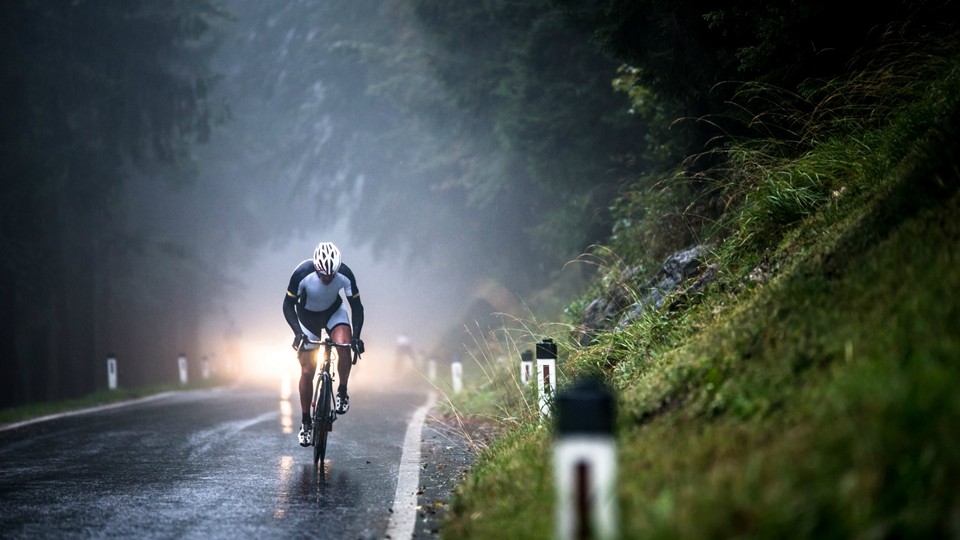Canadian cyclists during the winter face unique challenges due to the cold and snowy conditions. However, many cycling enthusiasts in Canada continue to ride during the winter months, embracing the season and making necessary adjustments to ensure a safe and enjoyable experience. Here are some aspects to consider:
- Winter Cycling Gear: Canadian cyclists invest in proper winter cycling gear, including insulated and waterproof clothing, gloves, and shoe covers to keep themselves warm and dry during rides. Layering is essential to regulate body temperature and stay comfortable.
- Fat Bikes: Fat bikes are becoming increasingly popular in Canada for winter cycling. These bikes have wider tires with lower pressure, providing better traction on snowy and icy surfaces, making it easier to navigate through the winter terrain.
- Maintenance and Care: Winter weather can be harsh on bicycles, so regular maintenance is crucial. Ensuring that the bike’s components are well-lubricated and properly adjusted will help prevent issues related to freezing temperatures and road salt.
- Safety Measures: Winter cycling can be riskier due to reduced visibility and slippery roads. Canadian cyclists take safety seriously and use lights, reflectors, and bright-colored clothing to enhance visibility. Additionally, they may choose to cycle during daylight hours and avoid cycling in severe weather conditions.
- Route Planning: Cyclists may alter their usual routes during the winter to avoid poorly maintained roads or areas prone to icy conditions. Paved bike paths and roads that are regularly cleared of snow tend to be preferred.
- Indoor Training: Some cyclists opt for indoor training during the harshest winter days when outdoor riding is less feasible. Indoor trainers or stationary bikes allow them to maintain fitness and cycling skills without battling the cold.
- Community Events: In some Canadian cities, winter cycling events are organized, such as “Winter Bike to Work Day” or “Ice Bike Races.” These events encourage and celebrate winter cycling while fostering a sense of community among cyclists.
- Warm-up and Recovery: Cyclists pay attention to proper warm-up routines before riding in the cold to avoid injury. After the ride, they may take extra care to warm up and recover, as muscles can be more prone to strains in cold weather.
- Hydration and Nutrition: Staying properly hydrated and fueled is essential, even in cold weather. Cyclists may use insulated water bottles and consume warm beverages during the ride to keep hydrated and maintain energy levels.
- Government Support: In some cities, local governments promote winter cycling by maintaining bike lanes and paths during the winter and providing resources for cyclists to safely navigate the colder months.
Remember that winter cycling can be more demanding than riding in milder conditions, so cyclists need to be prepared, cautious, and adaptable to enjoy their two-wheeled adventures throughout the Canadian winter.









